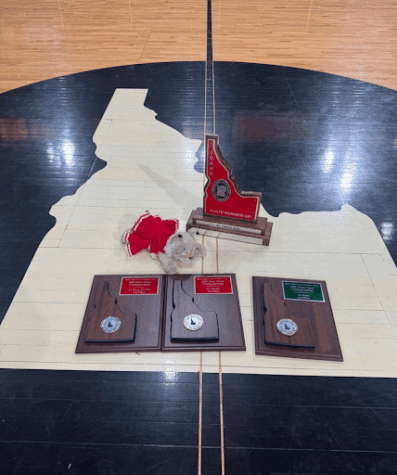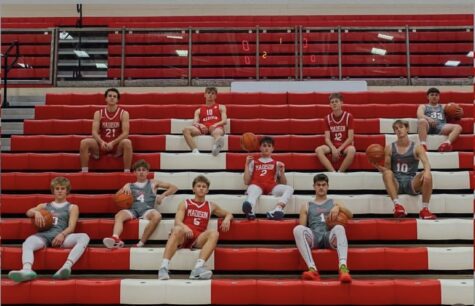Recruiting High School Athletes

by: Kyle Hurst
Sports Journalism
For college teams all across the country, the road to a championship is long and hard. The long road begins before the first game, or even the first practice. It all starts with recruiting. Recruiting will either make or break a college team and their chances for an upcoming season. The process can be long, grueling, and sometimes frustrating, but it is generally what decides much of how successful a team becomes. It makes for very interesting headlines. The process involves many complications and factors. College scouts calculate many things like upside and potential.
They observe other factors very closely; speed, agility, strength, sports IQ, etc. GPA is something that is very underrated in the recruiting process. First, you can save an athletic scholarship if the athlete could be eligible for an academic one already. Each athletic program at each school is limited to only a certain number of scholarships they are allowed to give out to student athletes every year. Division I college football is given the most scholarships to offer athletes who excel, at 85. Also, to be eligible to play, you must meet minimum academic requirements so colleges look for players with a higher GPA than the minimum just to be safe. It also somewhat shows their work ethic.
The way it generally works is first, a high school athlete is contacted, most likely by the coach of a certain college. It could be an unofficial visit, a phone call, or even just a text. They introduce themselves and talk about the athlete’s future and try to “sell” their college. Then after further evaluation, usually the athlete is offered an athletic scholarship, some can be full-ride scholarships and others are partial scholarships. Then the athlete is prompted to sign a letter of intent, or verbally commit to a school. When the commitment is made, however, it is not final. Zeke Birch, a 2-star recruit from Madison High School originally committed to Boise State University but then, months after the verbal commitment, tweeted out, “I have decommitted from Boise State.” He later went on to commit to Weber State University where he will ultimately play college football for four years.
Commitments are never final, which leads to many frustrations for not only coaches and athletic directors, but also for die hard fans. The letter of intent is more of a sure thing than a verbal commitment because they have to give their signature to go with it. There are many benefits to signing a letter of intent as well. If they do, they are not subject to all sorts of colleges calling them and they are guaranteed an athletic scholarship covering their college costs for an entire school year. This is why many student athletes decide to take this route. No matter what, all student athletes must choose by Signing Day, which is when they all have to sign for a certain team, and the deadline for almost every college’s fall semester application.
Another big part of recruiting is acquiring transfers from other schools, especially junior colleges. Many student athletes play for a couple of years for a smaller college to get better. When they are more confident with their skill set, many of them transfer and apply to a bigger school to get better and more national recognition.
Social media also plays a big role in today’s world of recruiting. “If you want to be a good recruiter in today’s college football, you have to be on [social media],” Iowa State director of scouting John Kuceyeski said via ESPN.com. If you are not on social media, in this day and age, you are at a huge disadvantage.
Recruiting is a long, tiring process, but it is the key to having a successful college team. Coaches have to appeal to high school athletes and help them feel like they want to come to play for their school. Getting the right players onto your team will help you win. Otherwise, better luck next year.






